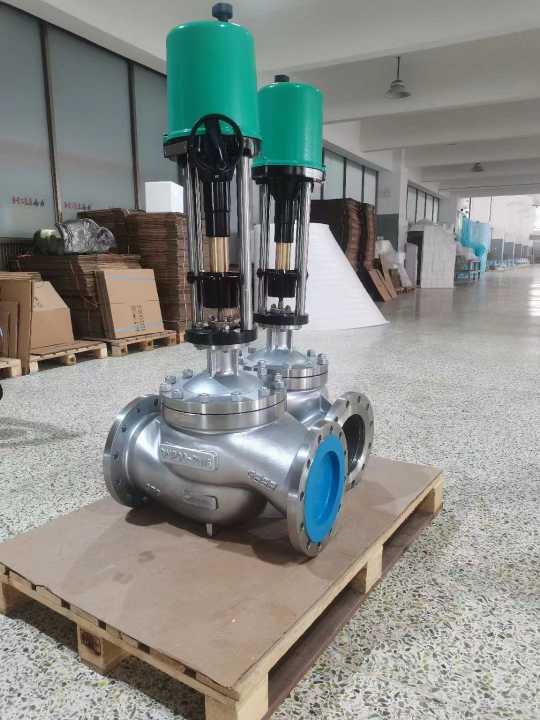As the world transitions towards more sustainable and clean energy solutions, hydrogen energy is increasingly recognized as one of the most promising alternatives to conventional fossil fuels. Hydrogen, when used as a fuel, produces only water vapor as a byproduct, making it an incredibly clean and environmentally friendly energy source. In the context of hydrogen energy systems, one of the critical components that ensure efficient and safe operation is the hydrogen energy electric single seat regulating valve. This valve plays a pivotal role in controlling the flow and pressure of hydrogen gas in various applications, ranging from industrial processes to fuel cell systems.

Understanding the Role of a Regulating Valve A regulating valve is designed to control the flow of gases or liquids through a pipeline by adjusting the size of the passage. Specifically, an electric single seat regulating valve is a type of valve that uses an electric actuator to modulate the opening and closing of a valve seat. In hydrogen energy systems, the regulating valve serves to maintain the pressure and flow of hydrogen gas within the desired parameters, ensuring both safety and optimal system performance. Hydrogen is a highly volatile gas, and its transport, storage, and use must be meticulously controlled to prevent leaks, explosions, or inefficiencies. The electric actuator in the single seat regulating valve allows for precise and automated control, which is crucial in maintaining the stability of hydrogen energy systems. By controlling the flow of hydrogen, the valve helps prevent pressure buildup, which can lead to catastrophic failures or energy wastage.